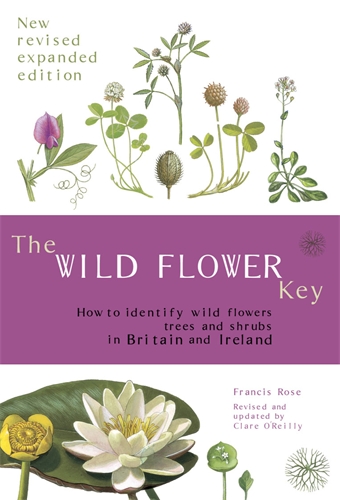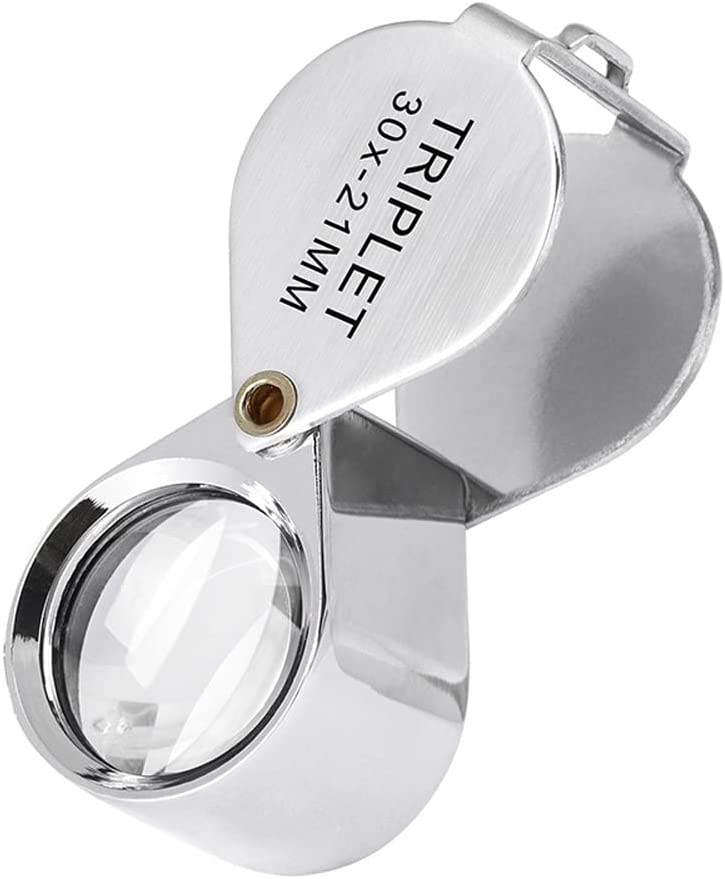My Journey into the World of Botany
When on walks with family and friends, they would often ask me to name the beautiful wildflowers that they would spot on the side of the trail, assuming that, as a naturalist, I must know the answer. However, until a little over a month ago, I didn’t have the foggiest idea (apart from possibly naming a few popular garden species that I’d learned whilst exploring my Nanna’s garden as a child).
To be completely honest, I can’t say that I’ve always been very interested in botany – it’s actually something that has made me quite anxious to think about in the past. Knowing that there are around 380,000 floral species currently documented worldwide, with 1,500 of those currently present in the UK, I never thought I’d have the capacity to remember all of the traits that enable you to identify each species.
However, as I got older and my interest in insects grew (a class of around 27,000 species in the UK alone), I came to realise that no one expects you to memorise every single species. Instead, just learning anatomical terms allows you to then use a reliable key to find the right (or at least close to the right) species. Even better, if you can learn the characteristics of different plant families, that enables you to key species out much more efficiently.
I’m far from an expert on the topic. In fact, I’m very much a beginner. However, I thought the following tips may help those of you who are as daunted by botany as I once was…
Purchase the right ID guide (and preferably, get more than one)
Trying to use a species guide that doesn’t provide you with all of the information you need can make it almost impossible for a beginner to correctly identify flora. After speaking to several botany experts and plant enthusiasts, there is definitely one go-to guide that is used in this field and that’s The Wild Flower Key by Francis Rose and Clare O’Reilly.

Try to purchase the newest version you can (not the one without the pink strip across the middle) to ensure that the information is up-to-date. You can find this guide for around £20 new or you can purchase second-hand versions for around £14 online. It provides you with in-depth, guided keys including a General Key when you don’t really know where to start, separate Family Keys, and even keys for plants of different habitats.
Although this guide is widely accepted as the best of its kind, that doesn’t mean it’s perfect. An issue I would sometimes come across was that the illustration of the species I had landed on didn’t look anything like the plant I had in front of me. This is when having another guide available came in handy, as the illustration in the other may fit a lot more closely. Being able to cross-reference between two books allows you to increase your accuracy and confidence in your decisions.
The guide I’d recommend purchasing as a sidekick to The Wild Flower Key is definitely Collins Wild Flower Guide (the big thick one, not the condensed version), which you can find for about £20 new or £15 second-hand online.

These two books are often used side-by-side and compliment each other well, with the former being more in-depth but the latter being arguably easier to understand.
Make an effort to learn the scientific names
For me, one of the most daunting things about becoming a conservationist was the idea of having to learn all of the scientific names of species. Whether derived from Latin or Greek, my brain has never seemed to want to remember (or correctly pronounce) these words. However, the more time I spent ID-ing plants and insects, the more I realised just how important it is to learn these intimidating names.
At some point in your life, you’re almost guaranteed to interact with someone who knows a plant by a different common name to you. Galium aparine will always be a laughing point within my nerdy friend group, with names including sticky willy (my personal favourite), sticky sweetheart (as children would stick it on the person they had a crush on), and bloody tongue (specific to Scotland where they found that if you rub the leaves on your tongue, they make it bleed) being some of the many variations of its common name.

With common names often being different around the globe – sometimes even within the same postcode – it’s important to also know the scientific name to communicate effectively with others.
If I could go back in time, I’d start my plant ID-ing journey a little bit differently. I would learn the scientific names before I learn the common names, this way, I wouldn’t automatically default to the common name every time I thought of the species. Botanical preservationist, businesswoman, and my good friend, Amelia Crawford, has done exactly this and recommends it to anyone who wants to begin their path into botany. She reels off Latin like it’s her native language and astounds those around her on the daily. So…take Amelia’s advice if you don’t want to take mine and start being the one to astound people!
Don’t make things too hard for yourself
Start with common species that you are already relatively familiar with and don’t try to ID every single species that you see all at once. Take your time getting to know different family characteristics and wait until you feel confident ID-ing a handful of species before moving on to the next.

I found that, as with learning most new skills, trying to spread your focus too thinly can cause you to feel overwhelmed, which can often knock your confidence as you tend to make more mistakes. Keep things simple and get to know species and their characteristics as much as you can to really make the knowledge stick.
Purchase a hand lens
Keys will often ask you to examine the direction of the minuscule hairs on the stem, count the number of stamen present, or categorise the layout of leaf veins. These are all often impossible without the help of a trusty hand lens. You can find them online for as little as £4.50 and they can sometimes be found in charity shops if you’re lucky.

Get creative
To help you remember the names and characteristics of species that you’ve learned, merge your plant ID endeavors with a creative skill, whether that be drawing, painting, photography, or pressing. By focusing your attention on one plant for a long period of time, you will notice details that you hadn’t picked up on before and you’ll become much more familiar with the species, making it easier to ID in the future.

You don’t need to be an incredible artist like Amelia… No one needs to see your creations other than you. Just take the time to sit back and study a species in detail and your knowledge will be flying high in no time!
Utilise identification apps (but don’t trust them 100%)
Apps like Seek, PlantNet, Google Lens, PictureThis, etc. allow you to point your camera at a plant and it will use AI to tell you what it thinks the species is (or the genus/family if it can’t tell). These apps can be incredibly helpful if you want to double-check your assumptions. However, you should always be wary and not trust their decisions 100% as it was recently found that plant ID apps can be as little as 4% accurate.
But don’t let this put you off utilising them. Simply don’t take their word as gospel and instead, use it in conjunction with your formal keys.
To add an extra layer of accuracy to your IDs, I recommend using the iNaturalist app which will allow other people to comment on your photo and suggest the species they think it is. Since no one needs to confirm their qualifications before giving recommendations, always take these with a grain of salt and remember to use it as just an extra step on confirmation.

Practice, practice, practice!
Plant ID isn’t like riding a bike – the skill will deteriorate if you don’t keep utilising it. However, where skills like oil painting, tinkering, and knitting require you to make frequent purchases and block out time specifically for working on that skill, plant ID is so much easier. Any time you are out of the house, whether you’re walking to school/work or on a family camping trip, just take the time to look around you. You already have your guides and hand lens, all you need now is enthusiasm. Point out the plants you already know and share your knowledge with friends; get creative with species you don’t recognise; utilise your new plant ID apps.

The more time you spend outside IDing plant species, the easier it will become for you. Before you know it, you’ll be an expert botanist (and one of very few out there).
I hope you’ve found these tips helpful and if you have any questions about species ID (not just plants), pop a comment below and even if I don’t know the answer, I’ll find something that does!